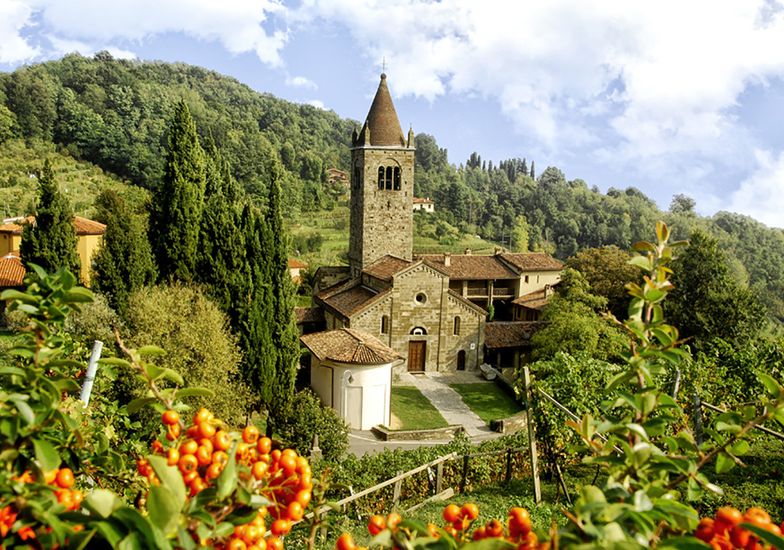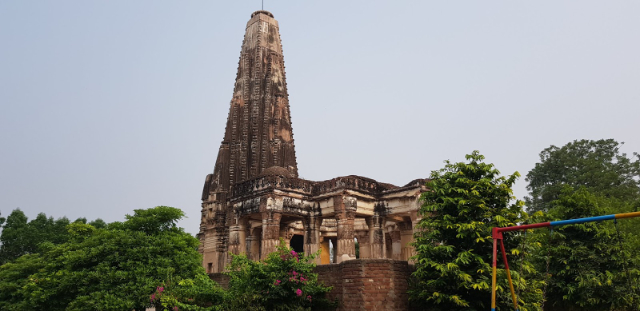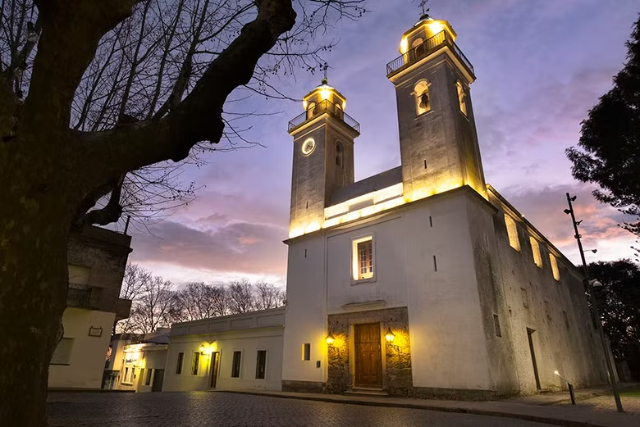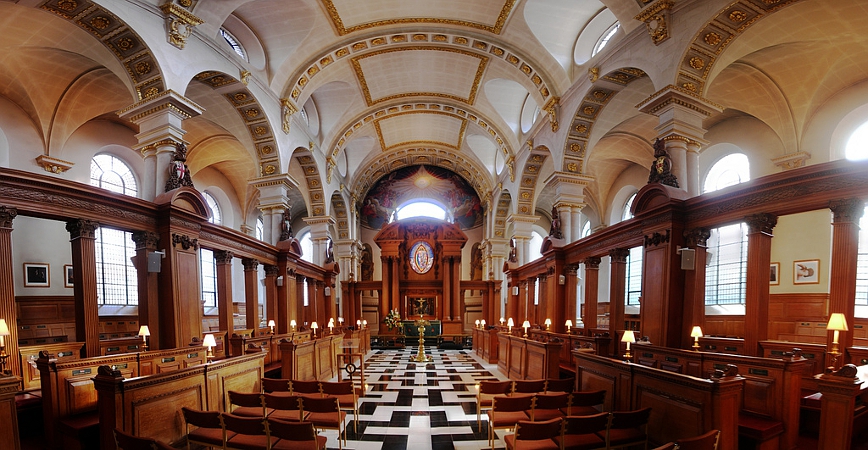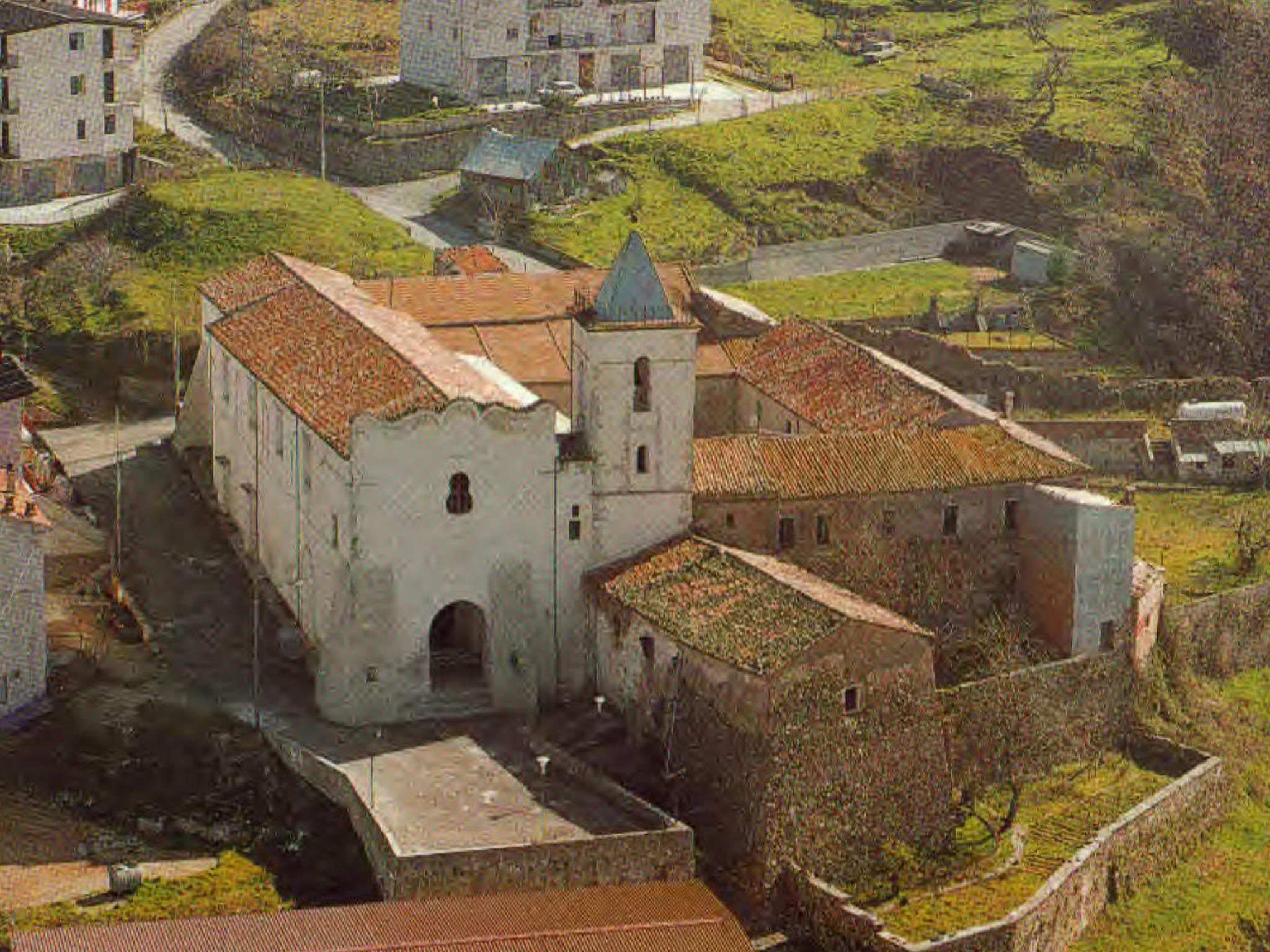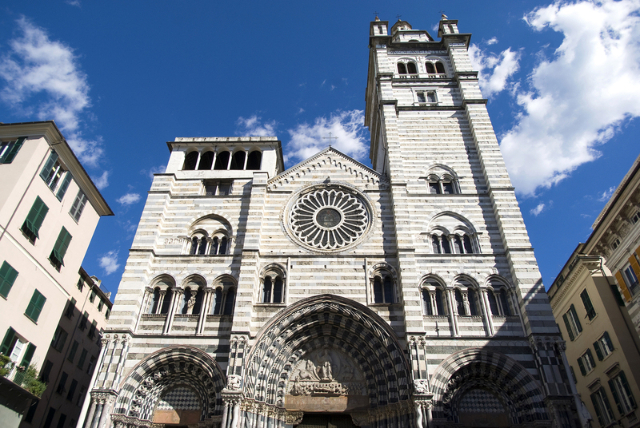The bishop’s chapel of Sant’Egidio, already annexed to the Cluniac abbey of the same name suppressed in 1473, is a Catholic place of worship located in the district of Fontanella in the municipality of Sotto il Monte Giovanni XXIII, in the province of Bergamo.
The church, which was a parish until 1998, is currently the seat of the bishopric of the same name, belonging to the diocese of Bergamo. Cardinal Loris Capovilla, Giovanni XXIII’s secretary, is buried there. The chapel of Sant’Egidio is an example of Bergamo’s Romanesque architecture which also finds expression in the nearby rotunda of San Tomè di Almenno San Bartolomeo. The building has a basilical structure with three naves separated by two rows of round arches resting on stone columns with sculpted capitals; both the main nave and the central nave are covered with wooden trusses, with the exception of the final area (an area where the square-based bell tower rises above the middle nave). On the back wall of the nave, above the apse arch, there is a valuable wooden Crucifix by Pietro Bussolo (1515). Each nave ends with a semicircular apse, in which there are round arched single lancet windows: the central apse is larger than the two lateral ones and has a Renaissance fresco in the basin depicting Jesus Pantocrator enthroned among the symbols of the Evangelists. The right apse was entirely frescoed by Christopher I Baschenis in 1574 with St. Roch between Saints Aegidius and Sebastian at the centre of the wall, Scenes from the Life of St. Roch at the sides and God the Blessing Father and Angels in the basin. In the basin of the left apse, used as custody of the Blessed Sacrament, there is a Lamentation over the dead Christ, while on the walls Scenes from the life of St. Anthony the Abbot. Other frescoes can be found along the side walls, including Saints and a Pietà in the left aisle and a Madonna and Child in the right one. The building has three naves culminating in three slightly ornate apses outside. The interior walls have remains of 15th and 16th century frescoes that are still perfectly legible, even if the characters represented are uncertain.
